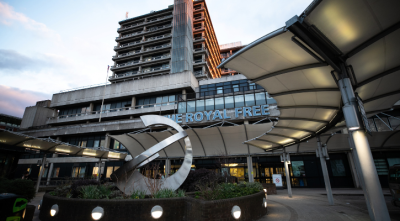Our aortic surgery team focuses on a specific part of vascular surgery, the aorta.
The aorta is the largest artery in your body. It arises from the left ventricle of the heart and extends down to the abdomen, where it splits into two smaller arteries (the common iliac arteries). The aorta distributes blood to all parts of the body.
Our aortic team specialise in the treatment of aortic problems, such as an aneurysm (dilatation of the aorta) or a split along its length.
They perform elective and non-elective (emergency) surgery and work closely with other specialists to get patients back to full health.
Our team follow patients from the beginning of their referral, through their care to the point of discharge, and further follow up.
Their goal is to ensure every patient gets world class care and an exceptional patient experience.
Please email details to rf.
 Translate
Translate


